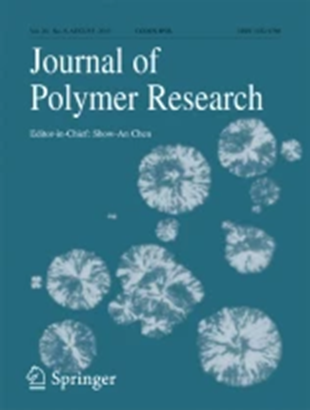Characterization of hot-, cold- and warm-curing epoxy binders for composite fabrication by filament winding
Abstract
Three epoxy binders formulated using epoxy resin ED-20 and cold-curing (Etal-23Kh), hot-curing (IMTHPA) and warm-curing (KhT-152B) agents were studied herein. Rheological, mechanical and thermomechanical behaviors of the binders were examined. All the three binders were found to exhibit a low initial viscosity of 0.5 − 1.4 Pa∙s and retain rheological properties for 3 − 5 h at 23 ⁰C (Etal-23Kh) and 40 − 60 ⁰C (IMTHPA, KhT-152B) required for composite fabrication by the wet-filament winding process. The cured binder specimens had comparable tensile strengths of 62 − 72 MPa. The glass transition temperature increased with increasing admissible temperature at which the binders underwent polymerization. For instance, the glass transition temperature was 80 − 82 ⁰C for the cold-curing binder, 111 − 113 ⁰C for the warm-curing one, and 132 − 134 ⁰C for the hot-cuing one. All the three binder formulations were employed to fabricate unidirectional basalt fiber-reinforced plastics (BFRPs). All the binders showed close elastic moduli of 40 − 43 GPa for the BFRPs. The BFRP based on the EDI binder with the IMTHPA hot-curing agent had a higher strength value of 1571 MPa and ultimate strain value of 4.16% versus 1370 MPa and 3.94% for the warm-curing binder (with KhT-152B), and 1358 MPa and 3.52% for the cold-curing binder (with Etal-23Kh). The obtained findings recommend these binders for the composite fabrication by wet-filament winding with polymerization at selective curing regimes (specific to each binder).


 求助内容:
求助内容: 应助结果提醒方式:
应助结果提醒方式:


